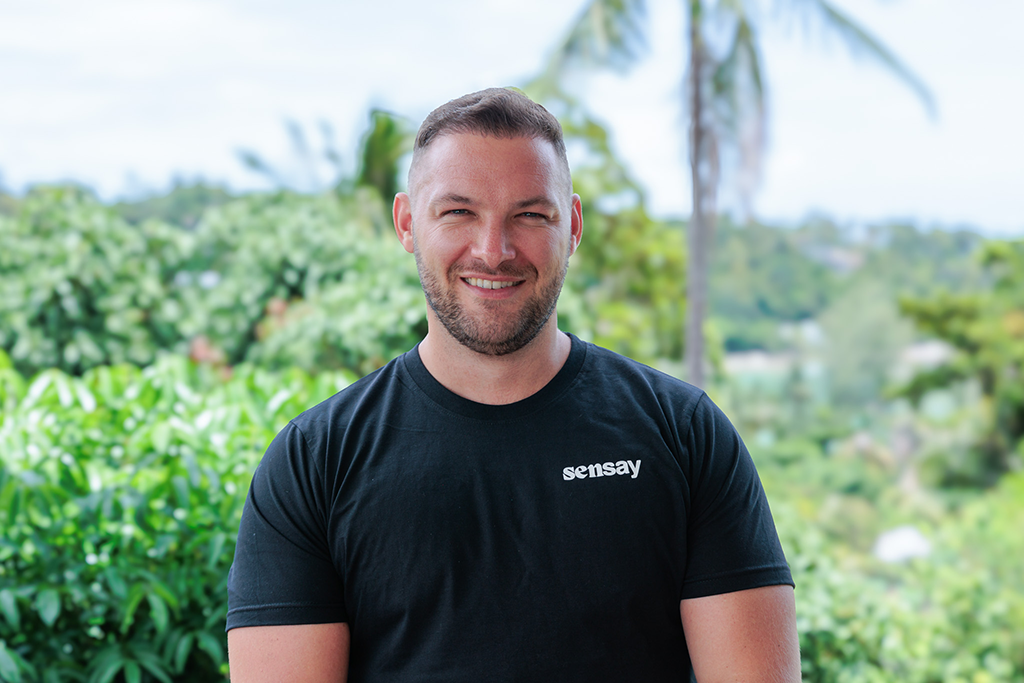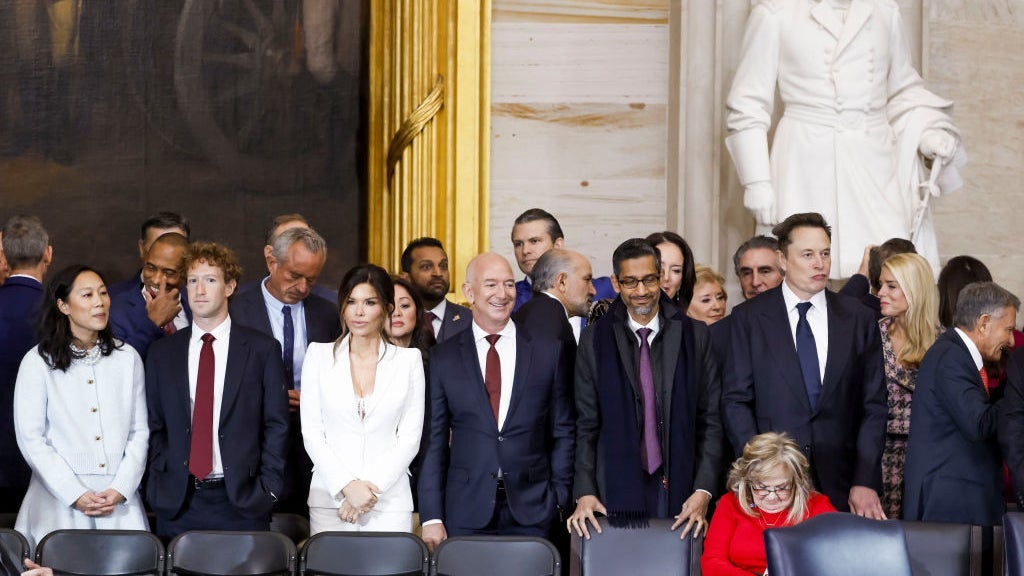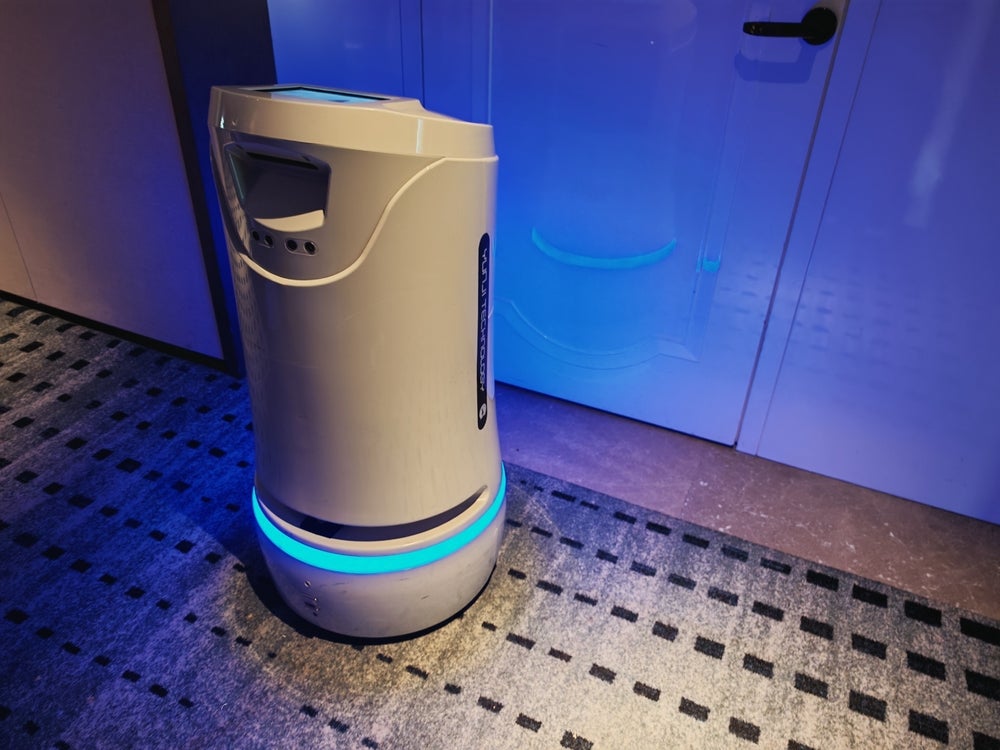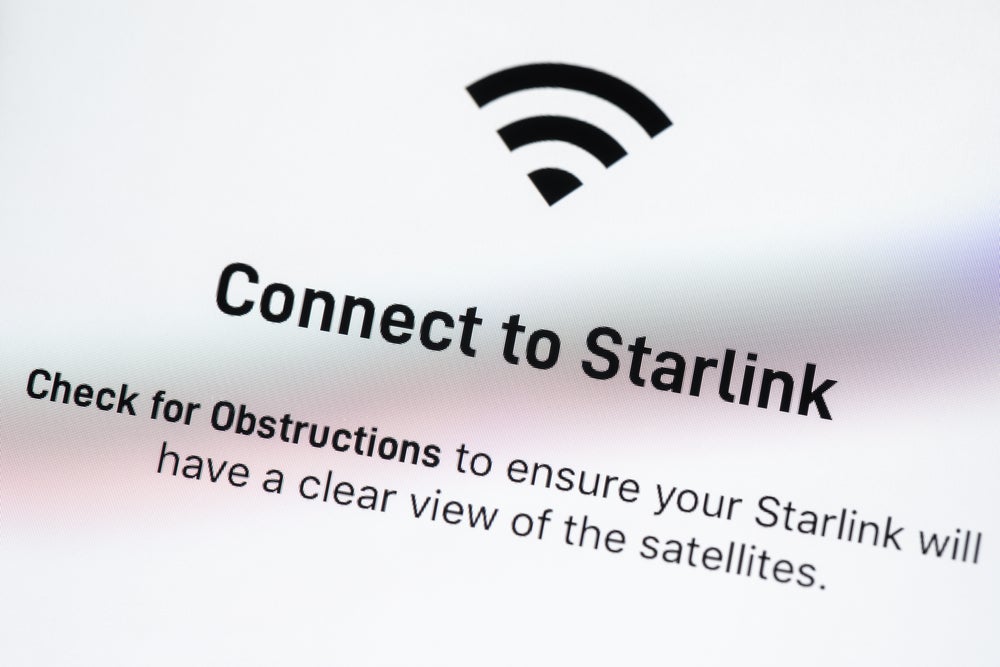
Explain the concept of employee cloning for those not familiar with it?
The underlying tech behind digital cloning has many applications, but one of the most exciting is creating replicas of employees. We’re building AI replicas and training them from employee emails, WhatsApps, Slack, reports, and documents to create unique ‘digital twins’ that have the employee’s knowledge and skills.
The digital twin can then be deployed to allow the employee to properly ‘switch off’ outside of work hours as their replica replies to emails and produces reports. This technology will drastically improve work-life balance and productivity for white-collar workers in highly pressurised industries.
Talk me through the genesis of your company?
Sensay, and the concept of digital twins behind it, is a deeply personal project. The seed of the idea came when I was unfortunate enough to have a severe concussion and lose my memories for several days. We take our capacity for memory for granted, but when it is suddenly gone, it can be profoundly disorienting and unsettling.
But this terrifying experience was also the turning point for me, and inspired my desire to design a technological solution to the problem of memory loss. This is when I seriously dove into the possibility of creating digital replicas to preserve people’s memories and experiences and wrote my first book on the topic, laying the philosophical foundations of the business that would become Sensay.
The drive to preserve our thoughts and memories beyond our physical existences is as old as time. AI has simply given us a new opportunity for realising this ambition. Sensay was born from this convergence – an ancient human desire and a brand-new technological innovation.
How is an employee clone different from an enterprise AI co-pilot?
What differentiates employee clones like Sensay from AI co-pilots is that it’s individualised. We’re building AI-powered digital twins of each individual employee based on their personal data and interactions at work. This offers a vastly different tool than a universal, off-the-shelf AI co-pilot.
Whereas a co-pilot can help an employee carry out basic tasks at work, Sensay is a replica of that exact employee. The purpose of a replica is knowledge preservation, not the repetition of menial tasks – they collect and share knowledge, gathered from the original employee’s interactions, which they then share with the people they interact with.
Which enterprise scenarios would benefit an employee clone vs those that are better suited to an AI co-pilot? And more importantly how can employers/senior leadership decide on which to deploy?
The core benefit of a digital twin over a co-pilot is the level of personal interaction that you get – so any people-facing, team-centric, or relationship-based role is immediately fertile ground for the rolling out of AI replicas.
Account-based and client-facing roles are big areas, as these are also ones where employees are expected to be on call 24/7 to meet client needs, so replicas can help ease the pressure there. Equally, AI clones can be used in sales and customer support. All of these are roles that rely on building long-term, unique relationships and solving complex problems, which AI replicas can support with.
Which industries/use cases is this technology best suited for? Where do you imagine it will be deployed first?
The industries that we are targeting are those where employees are under high levels of stress and constant pressure, as well as those with an expectation that the employee is on hand 24/7 to handle client requests or react to changing situations and environments.
Finance and law are the obvious markets, where workers at all levels are expected to drop personal priorities to meet work demands outside of conventional working hours or to react to changing market conditions. AI-powered digital twins can help these professionals reclaim some of their work-life balance and improve their general well-being as a result.
What is your advice on first steps to any technology leaders that are thinking of investing in employee cloning?
For CIOs and CTOs who are weighing up the benefits of AI-powered employee cloning for their own companies, there are several steps to take before diving headfirst into rolling out digital twins. They should define the use cases, identifying the roles in their organization that would most benefit from the technology, and then also the scope of the rollout, which should be judged according to their budget and capacity. The scope of the rollout might also depend on their existing tech infrastructure.
Throughout all of this, it’s vital that they keep other stakeholders involved, chiefly the HR and legal departments who should both be inputting into the process.
How far is a clone based around an employee’s role rather than personal characteristics, and does this leave cause for concern around personal data privacy for the employee?
Of course, the description and requirements of the role at a general level are fed into the training of the AI system, but the main emphasis is absolutely on the unique personal characteristics of the employee. This can come from a range of sources, mainly emails, previous projects and documents, and past interactions, all of which can be used to ensure that each digital twin is a unique representation of each individual employee.
For the employees using replicas we are also integrating filters that affect what is fed into the training model so that they can decide what level of personal data to share. There’s also a base level of personal and private data that we exclude from any training to guarantee a level of privacy.
How would you address cultural resistance towards a digital version of a human employee, given that AI has raised the spectre of mass job displacement?
I think the widespread fears of mass job losses at the hands of AI can be overblown. AI systems, like the digital twins that we’re building at Sensay, are a tool for existing employees to use to improve their work-life balance, not a catch-all replacement for human workers.
However, it would be naive to say that, down the line, there won’t be some jobs that are wholly replaced by AI. The technology will develop to that point. But you then also have to consider all the new roles that are opened up by that process of technological development. There are new jobs and roles that are only just emerging now, and there’s plenty more to come beyond today’s horizon.






